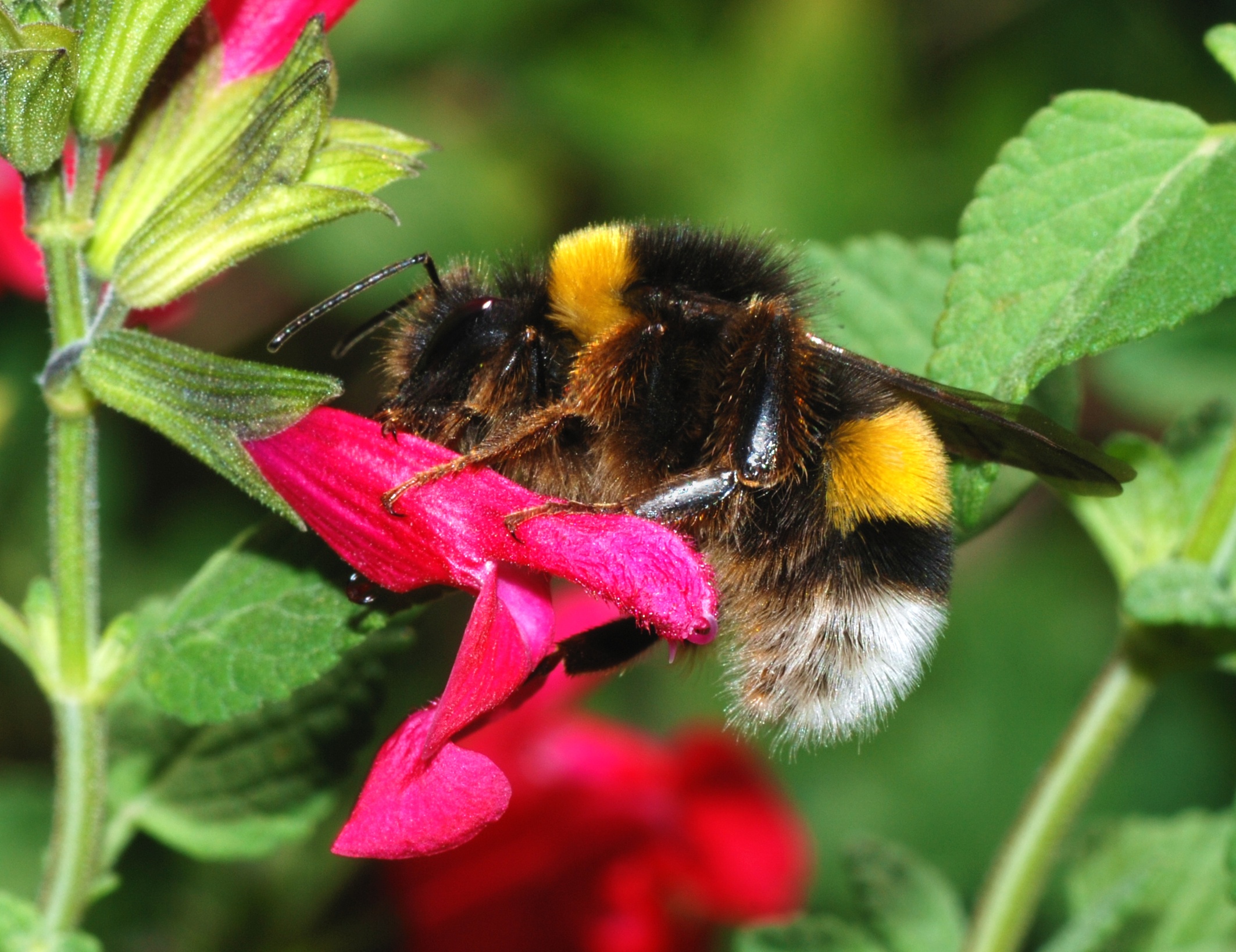Bees in trouble, Moving Mucous and Cucumber flavoured Tomato!
Interview with
Chris - It's time to join Richard Van Noorden from the Royal Society of Chemistry's Chemistry World magazine. Richard, last time you told us about why cars are grinding to a halt because of silicon in the petrol but this time, we've got a problem with beetles homing in on the smell of bees!
Richard - Well, the American and the European honeybees are having a real problem with the small hive beetle, which is successfully invading their colonies. When an invader comes in, the bee stings it and releases some pheromones, like an alarm system to tell other bees to come in as well. Now scientists at the University of Florida have found that the small hive beetle is more sensitive to this alarm pheromone than the bee itself, so they get there faster than the bees do in defense.
Chris - So what happens when the beetle goes into the hive? What does it do to the bees?
Richard - The problem for the bees is that the beetles' larvae feed and defecate on the honey and the bees will have to evacuate the hive. Also, to make matters worse the researchers have found that the beetles carry with them a yeast fungus that actively releases this same alarm pheromone, and because the beetle is more sensitive to the pheromone it actually helps the beetle.
Chris - So in other words it creates a hot-spot of the hive, because the fungus makes more of this chemical, you get more beetles being attracted to where there is a good supply of food and lots of beetles to mate with.
Richard - Yes. There is no problem for the African bee, but we don't know why yet. This might also be linked to the mysterious disappearance of entire bee colonies in north America and Europe this winter.
Chris - The Varroa mite has also been implicated in the destruction of north American bee colonies.
Richard - Yes, well no one knows what's going on there. Things like mobile phones, pesticides and poor bee keeping practices have all been called into account but the jury is still out on this issue.
Chris - Now what about this business of how the lungs defend themselves?
Richard - This is something called the virtual lung project in North Carolina and they're trying to work out how the lung protects itself against invaders. You might know that the lungs have tiny hairs on the surface of each cell called Cilia, and these beat mucus along to guide the dirt from the lung passages. The researchers are trying to work out how these hairs can beat together in unison. Obviously they have computer models and they can also grow the Cilia in the lab, but in order to check some of their predictions they've actually made a little model of the Cilia, by pouring liquid polymer into a mould. They end up with these life sized, magnetic little hairs. They can then be made to beat just like Cilia if you wave a magnetic field under them.
Chris - Are there any other practical applications of this rather than just improving the theoretical understanding?
Richard - Yes, because they move fluid around they can be used to mix and move fluids in what's called the 'lab on a chip', where processes from the large scale chemistry lab are miniaturized on a small chip.
Chris - And lastly, I heard that once upon a time the humble tomato would have tasted more like a cucumber?
Richard - Well, possibly! Some Japanese researchers have been looking at ways of introducing some interesting traits into tomatoes. They crossed a cultivated tomato with a wild cousin, and the resulting baby tomato appears to have an enzyme which, in addition to making the compounds responsible for the flavour of tomatoes, it can also make the compounds responsible for the flavours of cucumbers and melons. The only problem is that when these compounds are found in things other than cucumbers and melon, they taste distinctly off!
Chris - Well, I suppose that's because we've got used to that particular chemical mix. We've grown tomatoes the way that we have in order to have the 'tomato' taste because that's what we like, so if you put something that shouldn't be there in that chemical combination, you end up with something that tastes distinctly strange.
Richard - That's right. It's possible that in the past, wild strains of tomatoes, which have far more genetic variations than our cultivated strains, could have had this enzyme able to make both types of chemical compounds. But these researchers are not trying to make tomatoes taste like cucumbers, they are, in fact, trying to avoid making them taste like cucumber. So the idea is; if you know what genes are responsible, and you are trying to introduce something else like a better colour, you can avoid accidentally putting in the cucumber gene, and spoiling the flavour!









Comments
Add a comment